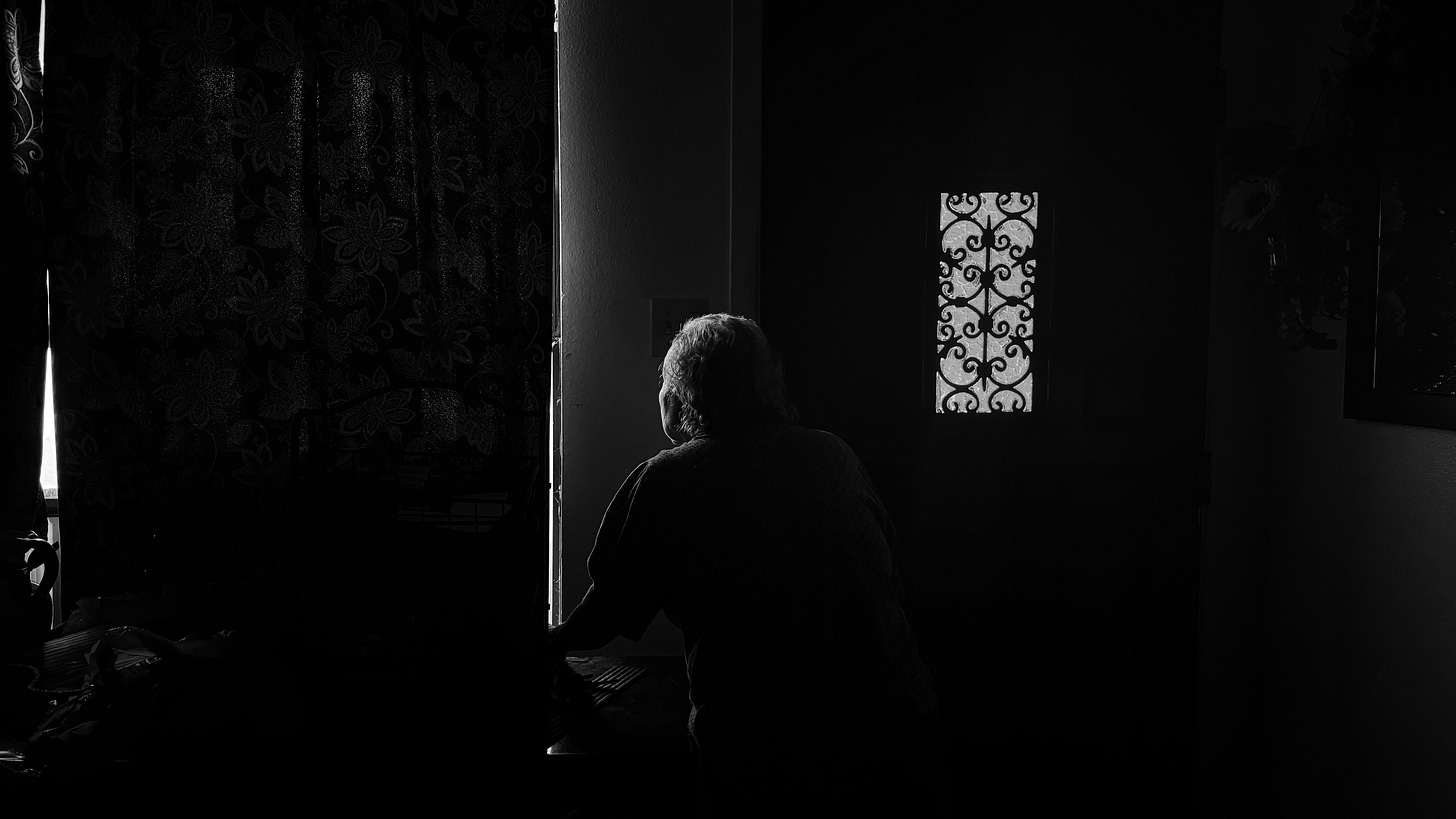his post is a part of a series I’ll write through all month long as we explore a tradition I hold as a means of personal reflection and creativity. That tradition being an end of the year playlist of “most” of the songs I’ve discovered over the last year.
You can hear those playlists on Apple Music Playlist and find most of the songs on Spotify
New Year’s Eve 2017.
I was fumbling around in my playlists as I waited the midnight countdown. Post midnight, I end up making a playlist titled “January ‘18”. At that time, I loved Spotify’s algorithm and some of the problems I have around the content clutter weren’t implemented yet. I clicked my discover weekly and listened to a few songs, and then I added a few songs I liked to that playlist. I kept adding to it.
Again, and again, and again and then February came around and I made a new playlist. Every month I was adding a new playlist into a folder of these music finds like I was collecting some big treasure. I believe I am. You can read about the last time I wrote about this project in the archive.

In 2018, I had a blog called “HexRadio” and I wrote quarterly writes up on those playlists as an evolution of what I was already doing using music and photography to help reflect on things in my life and ministry. Come New Year’s Eve 2018, I had just under 20 playlists, including 12 monthly, 3 quarterly favorites, one mid-way through the year favorites, and a few genre specific playlists.
I have kept up this practice for the last six year’s now, and I’m getting ready to think through a LOT of the music I listened to in the last year. This year also marks the first time I have used Apple Music for this process. When we switched back to iPhones this year, it presented the perfect opportunity to switch to a new music service - especially with the frustrations I was having with Spotify.
Switching over wasn’t without it’s own frustrations though as I hit a few snags when I trying to take a HUGE library of music over. I used a few tools, but early ones didn’t work well and I lost a playlist or two and didn’t realize it until the middle of the year when I was starting to organize for the end of the year playlist. Oh well, we still ended up with a long one and a big pile of music anyway.
So you’re probably wondering “What goes into adding a song to the list anyway?”
Mostly, it has to be a NEW song I’m hearing for the first time - a cover or re-release counts!
While listening I end up with a moment, a sound, or a line that piques my interest, or an emotion is evoked.
It can be from anywhere. Radio, TV commercials, a TV soundtrack, or just exploring the new releases. I will say I miss the PNW release times. These late nights kill me waiting to see what new music dropped. This is how I “found” Can’t Hardly Wait by The Replacements
If a song is one that I know of already, special circumstances are okay. For example, this year’s playlist includes a live recording of “I Like to Be With Me When I’m With You” by Drew Holcomb and The Neighbors. I was going through some Google Photos and came across a recording from my wife’s and I first concert together. I can hear her in the recording, and it made me very happy that day. So I added that copy to the playlist. Emotion evoked, but a song I had “discovered” before. The version I’ve included
One thing I’ve tried to stay away from i adding entire albums to playlists. It’s caused some issued when I forget to add at least a song or two to a monthly log, so I go back and add it in at the end of the year.
One more thing!
Spotify’s Wrapped and Apple’s Rewind have both dropped for the year and Armond Wakeup, an artist I have been following for over a decade asked online
“How do you feel about your end of the year streaming data? Do you look forward to seeing that data? What do you do with it? What does it inform for you?
When I go back through each playlist to add to a Favorites of The Year - it helps me to see where I was emotionally, mentally, and even spiritually. What were the sounds or themes that caught my ear, my heart, and my spirit? Does my data accurately portray what I was actually listening to?
The answer isn’t always clear and I’ll share more about that next time.
Until then,
Hex



